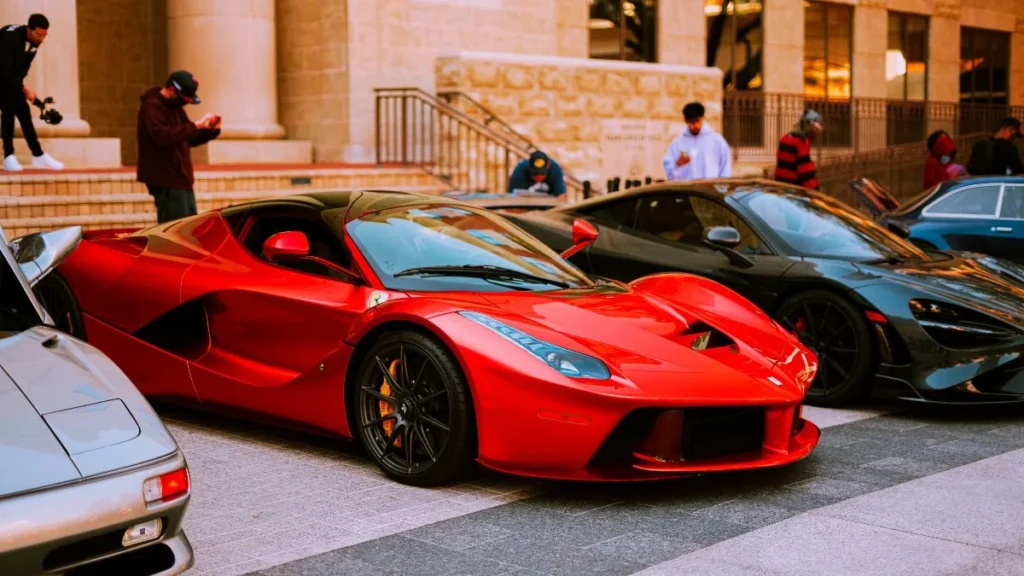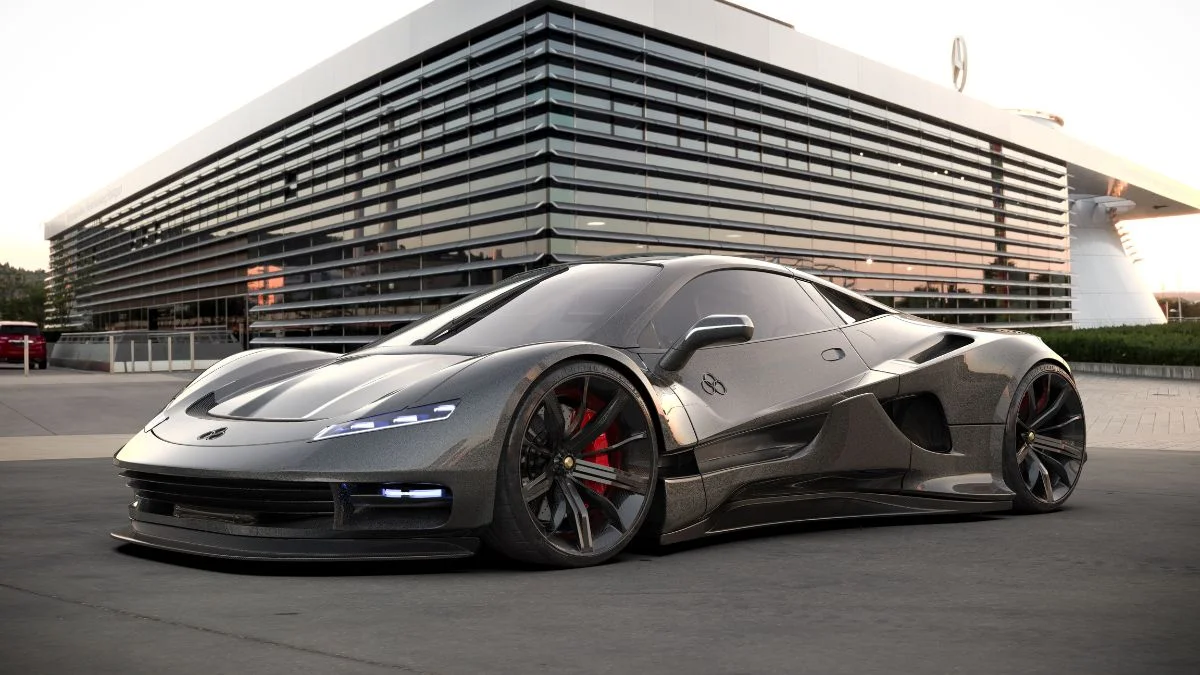In 2020, the automotive industry introduced an array of vehicles that catered to diverse preferences, whether drivers sought luxury, performance, sustainability, or advanced technology. “Guía Automóvil,” a trusted resource in the automotive world, provided an insightful review of the year’s best vehicles. This article delves into the highlights from their 2020 list, exploring the key features that set these vehicles apart.
Toyota Corolla: Reliability Meets Modern Innovation
The Toyota Corolla has long been synonymous with reliability and efficiency, earning its place as a favorite among drivers worldwide. According to “Guía Automóvil,” the 2020 model built upon this legacy with significant updates. The inclusion of advanced safety features such as adaptive cruise control, lane departure warning, and automatic emergency braking enhanced the Corolla’s appeal. Additionally, the interior was revamped for greater comfort, featuring higher-quality materials and an intuitive infotainment system.
The Corolla’s reputation for fuel efficiency remained intact, making it a practical choice for daily commuting. With a choice between a 1.8-liter engine and a more powerful 2.0-liter option, drivers could balance performance with economy. The 2020 Corolla, therefore, continued to be a top recommendation for those seeking a reliable, no-nonsense vehicle that also offered modern amenities.
Subaru Forester: The Adventurer’s Companion
For those with a penchant for adventure, the Subaru Forester emerged as an ideal choice in 2020. “Guía Automóvil” highlighted the Forester’s ability to handle off-road conditions with ease, thanks to its standard all-wheel drive and impressive ground clearance. This made it a versatile option for drivers who frequently ventured off the beaten path.
The Forester’s practicality extended beyond its rugged capabilities. Its spacious interior provided ample room for passengers and cargo, making it suitable for family trips or outdoor excursions. Additionally, the 2020 model boasted improved fuel efficiency, making it a cost-effective option for long journeys. With these attributes, the Subaru Forester stood out as a vehicle that catered to both the adventurous spirit and the need for practicality.
Lexus RX: Luxury and Sustainability Combined
In the luxury SUV segment, the Lexus RX made a significant impact in 2020. “Guía Automóvil” noted the vehicle’s ability to blend opulence with eco-consciousness, particularly in its hybrid variant. The Lexus RX 450h combined a V6 engine with an electric motor, offering a smooth and powerful ride while minimizing environmental impact.
Inside, the RX exuded luxury. High-end materials, meticulous craftsmanship, and advanced technology made for a refined driving experience. The infotainment system was upgraded with a larger touchscreen and improved connectivity options, catering to the tech-savvy driver. Safety was also a priority, with features like blind-spot monitoring and rear cross-traffic alert included as standard.
The Lexus RX was praised not only for its luxury but also for its commitment to sustainability. For drivers seeking a premium vehicle that aligned with their environmental values, the RX offered an attractive option without compromising on comfort or performance.

Tesla Model 3: The Benchmark for Electric Vehicles
The Tesla Model 3 continued to set the standard for electric vehicles (EVs) in 2020. As “Guía Automóvil” highlighted, the Model 3’s advanced technology and impressive range made it a standout in the increasingly competitive EV market. The vehicle’s autopilot feature, which included automated driving capabilities on highways, represented a significant leap forward in automotive technology.
Range anxiety, a common concern with electric vehicles, was alleviated with the Model 3’s ability to travel up to 322 miles on a single charge. This made it a practical choice for both city driving and longer trips. Additionally, Tesla’s Supercharger network ensured that drivers had access to fast and convenient charging stations, further enhancing the Model 3’s appeal.
The interior of the Model 3 was minimalist yet futuristic, with a large touchscreen serving as the control center for nearly all functions. This design choice not only provided a clean aesthetic but also allowed for continuous software updates that kept the vehicle at the forefront of innovation. The Tesla Model 3 was thus a compelling choice for those looking to embrace the future of driving.
Porsche Taycan: Electrifying Performance
Porsche, known for its high-performance sports cars, made a bold entry into the electric vehicle market with the Taycan. According to “Guía Automóvil,” the Taycan seamlessly blended Porsche’s signature performance with the benefits of electric propulsion. The result was a vehicle that delivered exhilarating acceleration, precise handling, and an eco-friendly footprint.
The Taycan’s dual-motor setup provided all-wheel drive, ensuring excellent traction and stability. It could accelerate from 0 to 60 mph in just 3 seconds, rivaling some of the fastest sports cars on the market. Despite its performance credentials, the Taycan did not compromise on luxury. The interior featured premium materials, advanced technology, and a driver-focused cockpit that enhanced the overall driving experience.
In terms of sustainability, the Taycan was a leader in its class. It showcased how electric vehicles could appeal to enthusiasts who desired both high performance and environmental responsibility. Porsche’s commitment to reducing emissions without sacrificing the thrill of driving made the Taycan a noteworthy vehicle in 2020.
Lamborghini Aventador SVJ: The Pinnacle of Performance
For those who prioritize speed and exclusivity, the Lamborghini Aventador SVJ represented the pinnacle of automotive excellence in 2020. As “Guía Automóvil” reported, this supercar’s powerful V12 engine and aerodynamic design allowed it to achieve extraordinary performance levels. With a top speed of over 217 mph and a 0-60 mph time of just 2.8 seconds, the Aventador SVJ was engineered for those who sought the ultimate driving experience.
The Aventador SVJ’s design was as striking as its performance. Sharp lines, aggressive angles, and a low stance contributed to its unmistakable presence on the road. Inside, the vehicle was outfitted with carbon fiber components and luxurious leather, reflecting Lamborghini’s attention to detail and commitment to craftsmanship.
While the Aventador SVJ was undoubtedly a car for the elite, its inclusion on the list by “Guía Automóvil” underscored the brand’s ability to push the boundaries of what is possible in automotive engineering. For those with the means to acquire such a vehicle, the Aventador SVJ offered an unparalleled combination of speed, style, and exclusivity.
Key Themes in 2020’s Top Vehicles
“Guía Automóvil” identified several key trends that defined the best cars of 2020:
- Innovative Technology: Advanced technology was a common thread among the top vehicles, with features like Tesla’s autopilot and Lexus RX’s hybrid powertrain setting new standards.
- Sustainability: The growing focus on sustainability was evident in the increased availability of hybrid and electric vehicles, as seen in the Porsche Taycan and Lexus RX.
- Luxury and Comfort: Vehicles like the Lexus RX and Porsche Taycan demonstrated that luxury and comfort remained priorities, even as the industry shifted towards greener alternatives.
- Performance: High-performance vehicles like the Lamborghini Aventador SVJ continued to capture the imagination of those who sought speed and power, proving that the thrill of driving remained a core aspect of automotive design.
Conclusion
The automotive landscape of 2020 was marked by a blend of tradition and innovation, as manufacturers balanced the need for performance, luxury, and sustainability. Guía Automóvil provided valuable insights into the year’s best vehicles, highlighting those that excelled in these areas. Whether drivers were looking for a reliable sedan, a rugged SUV, a luxurious hybrid, or a high-performance supercar, the vehicles of 2020 offered something for everyone. As we move forward, these trends are likely to continue shaping the future of the automotive industry, with technology and sustainability at the forefront.









